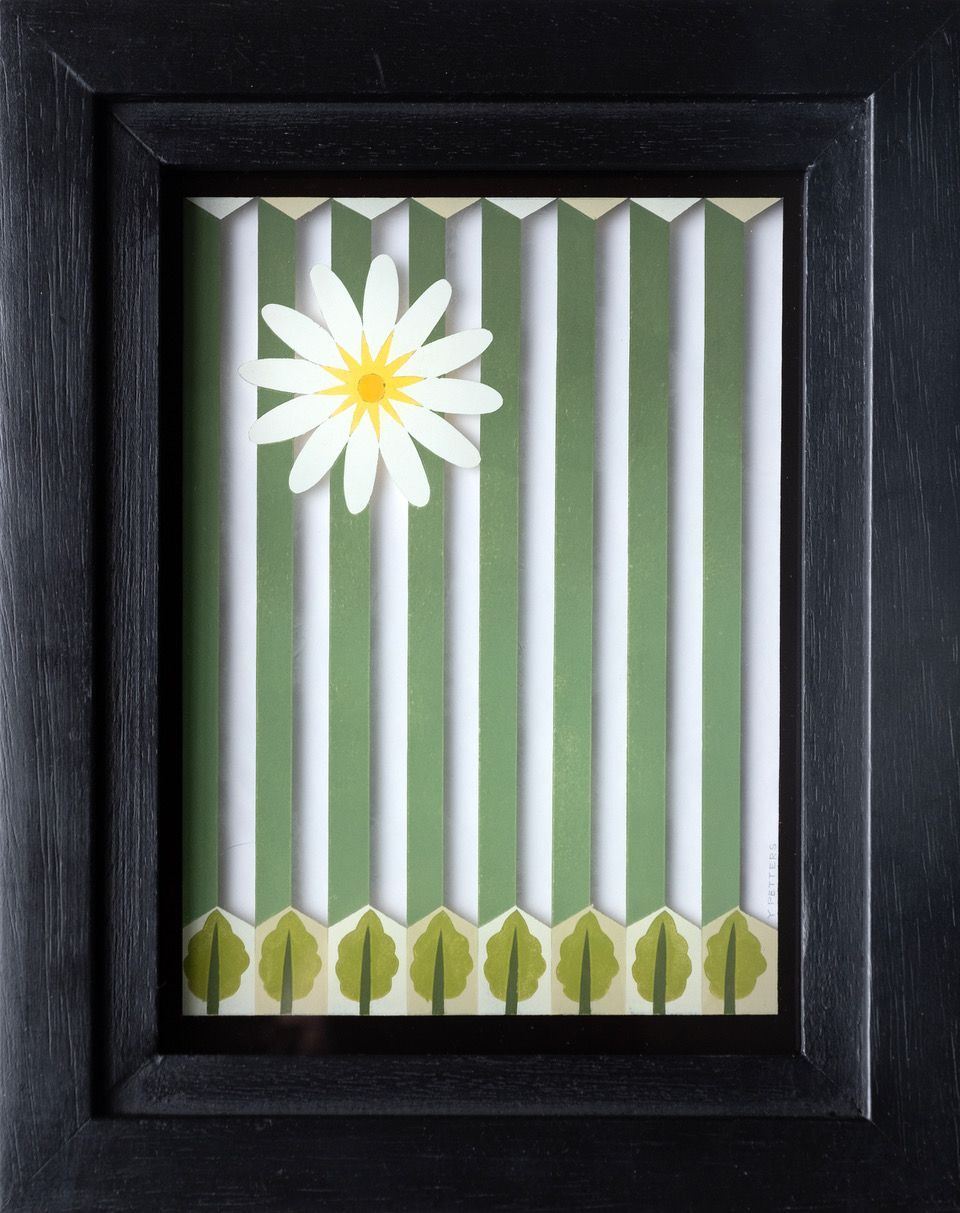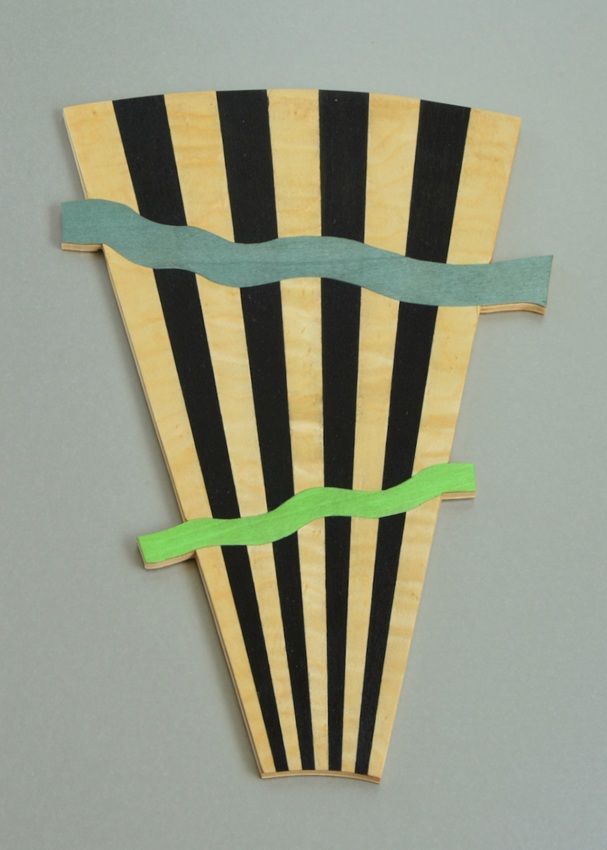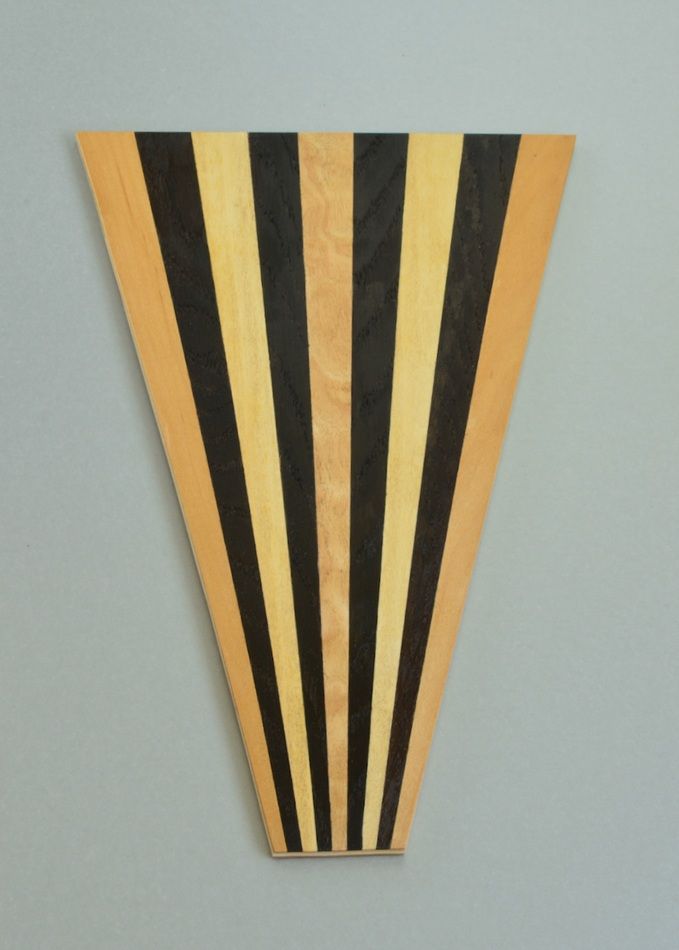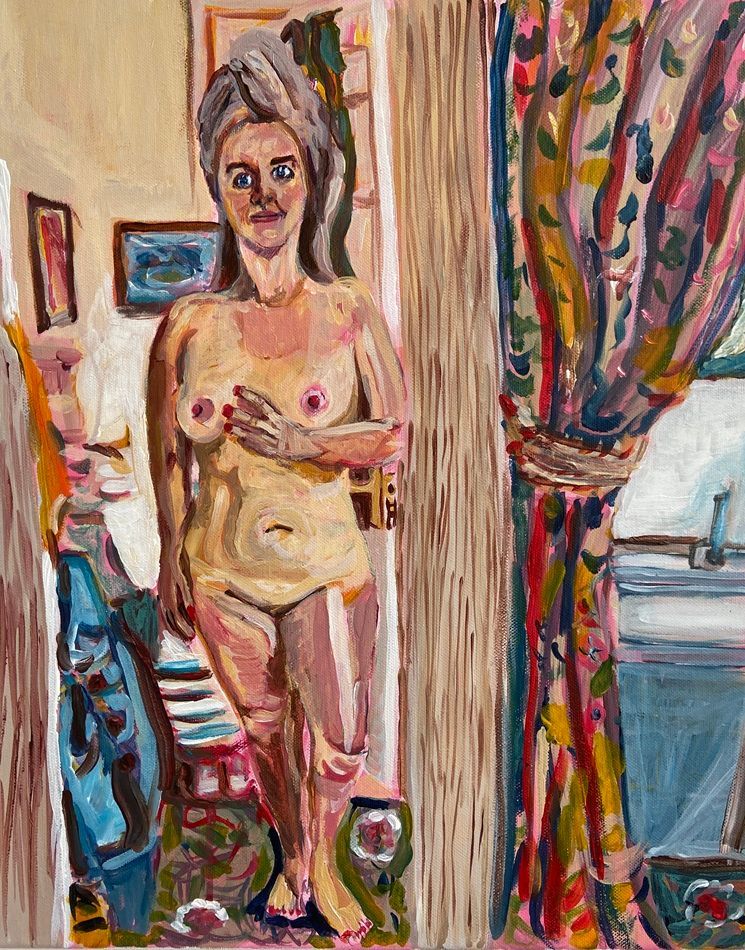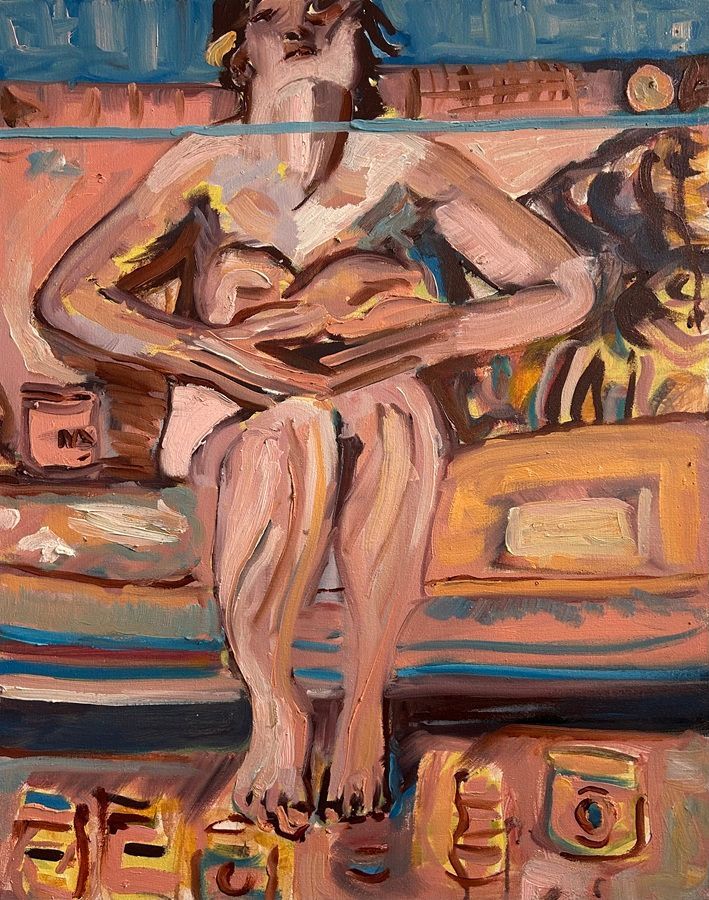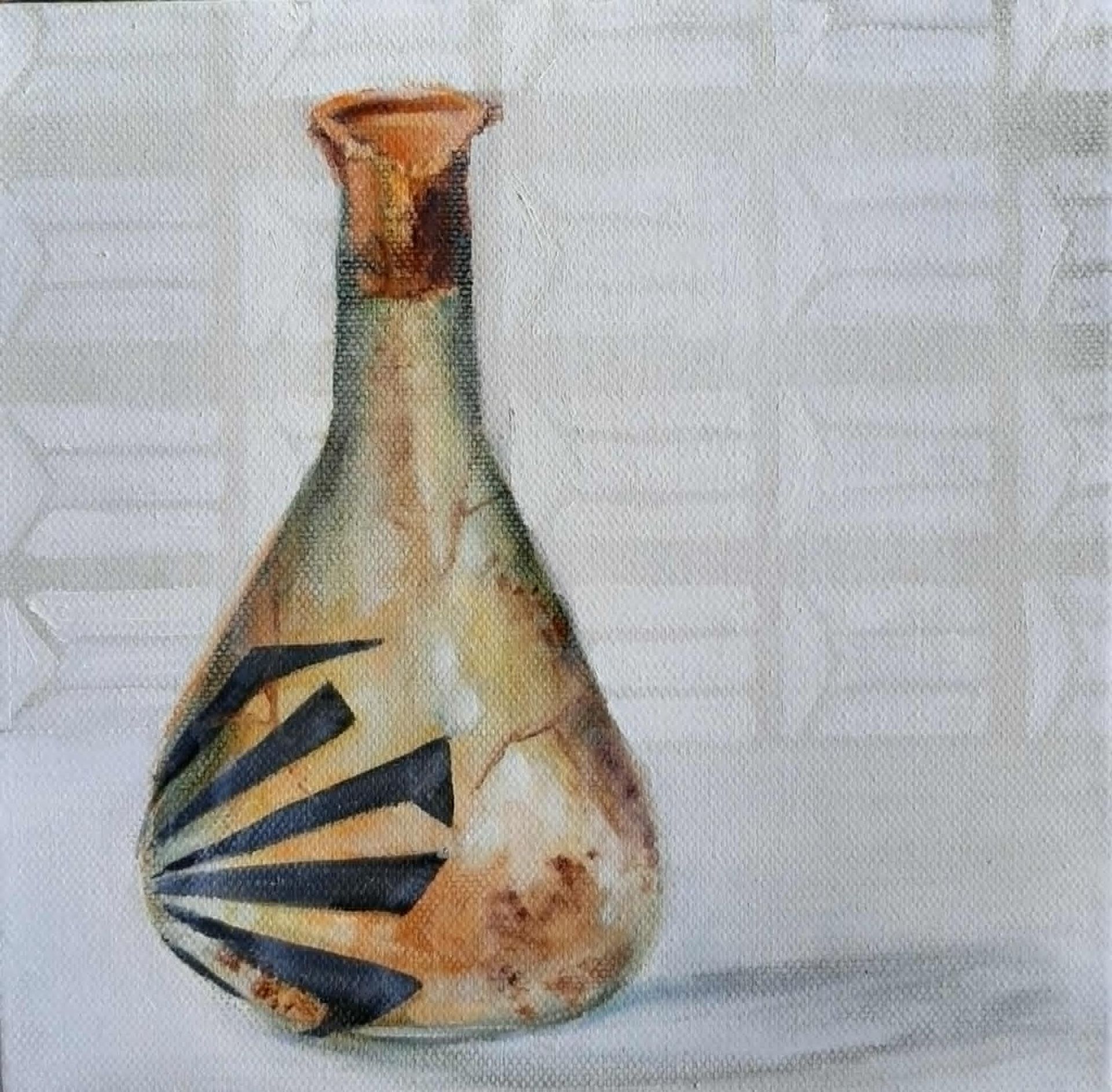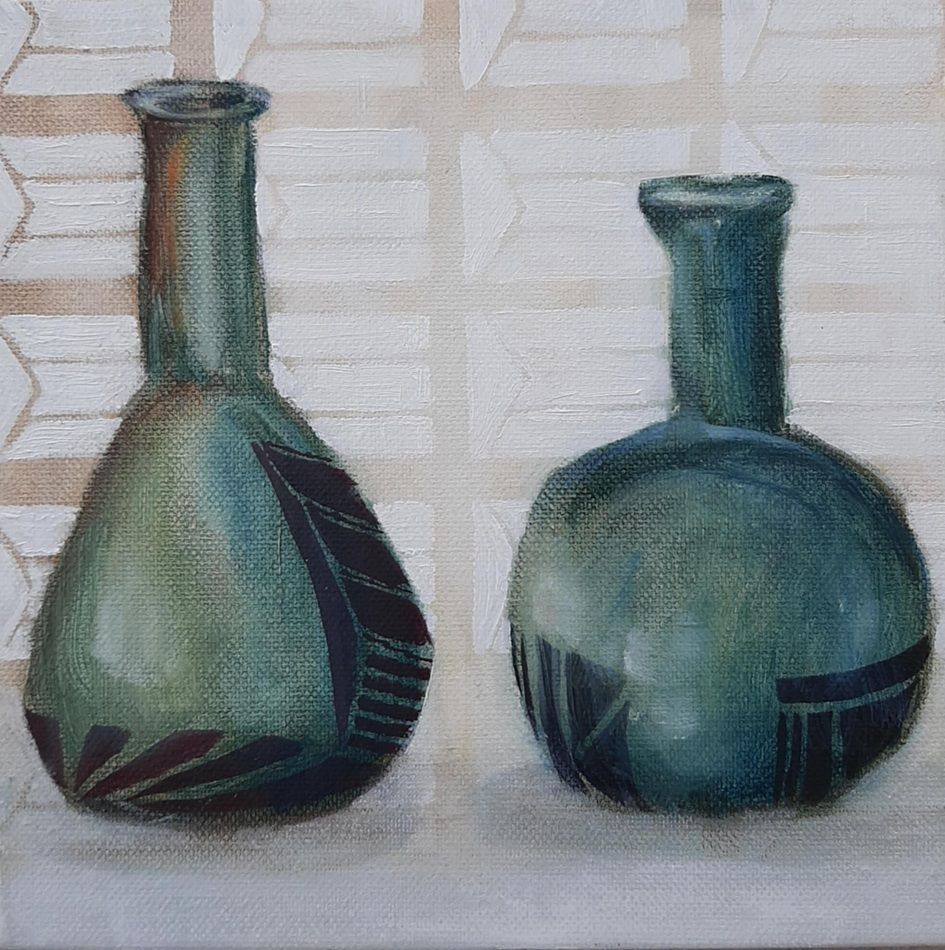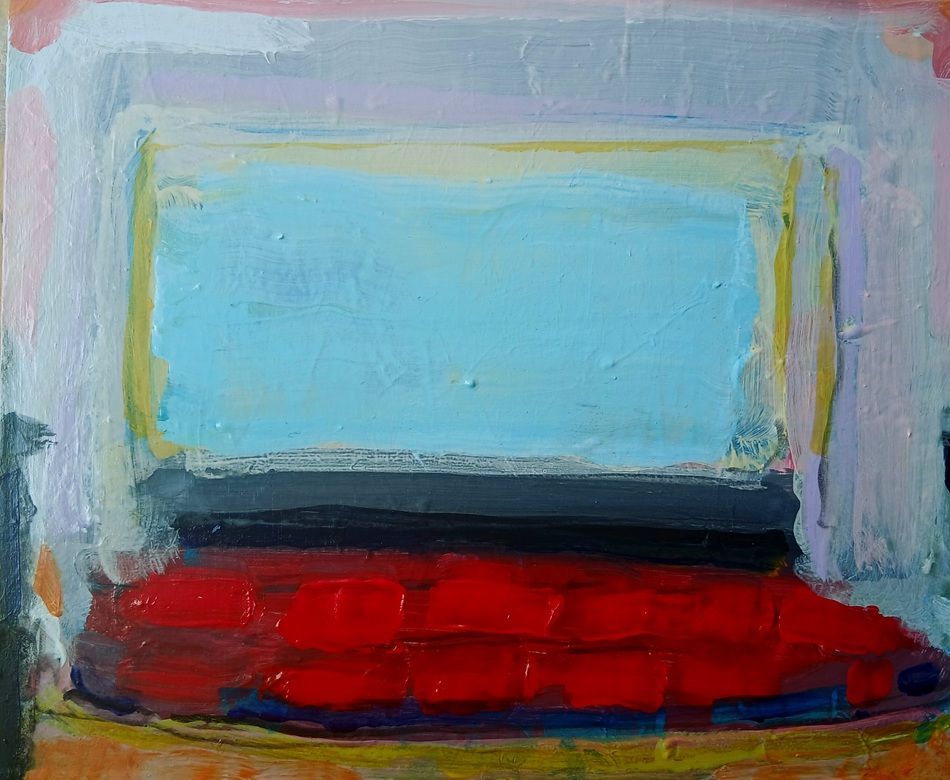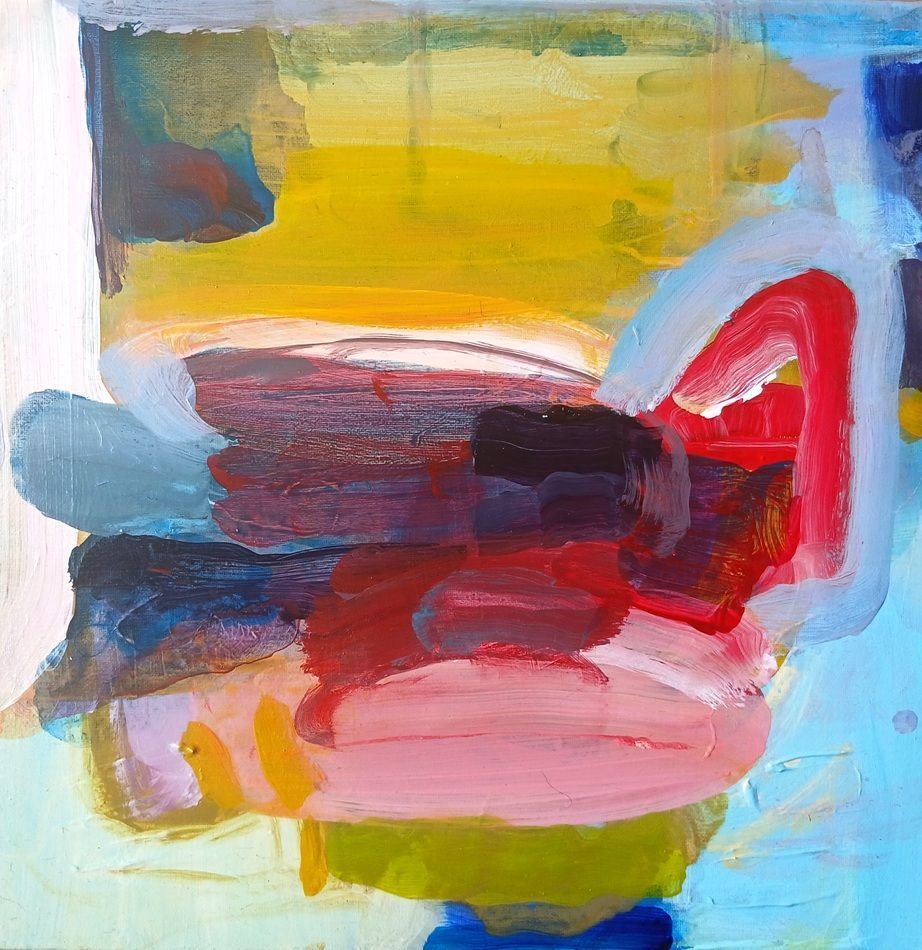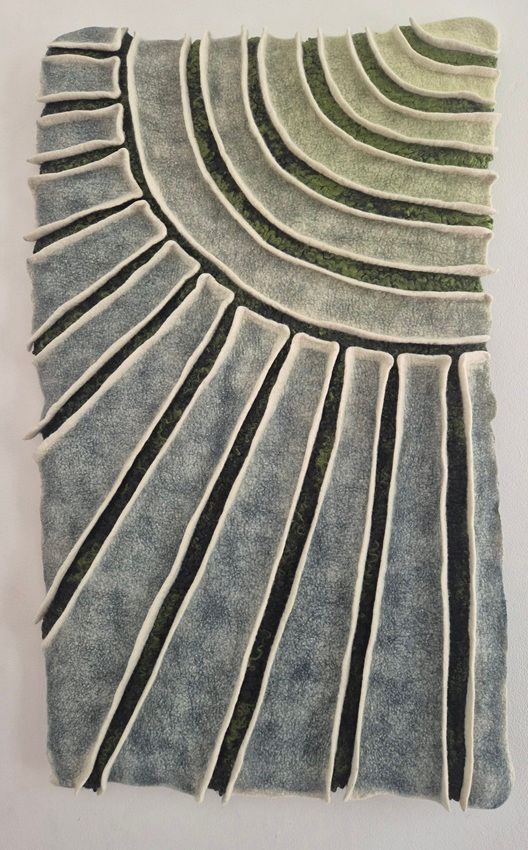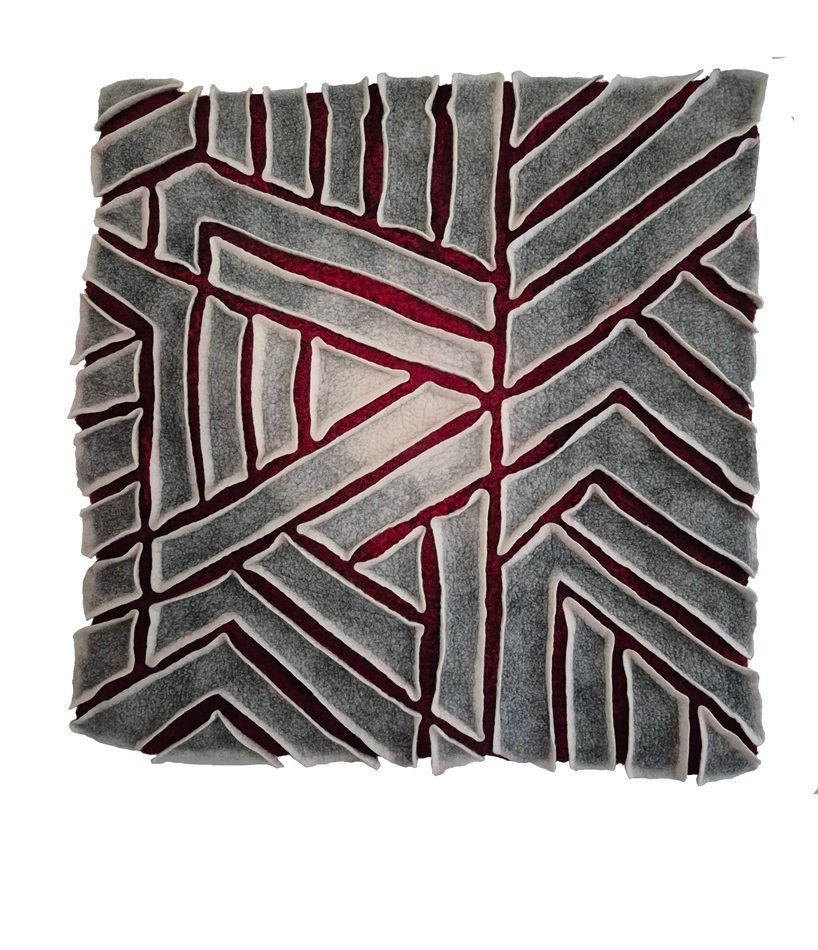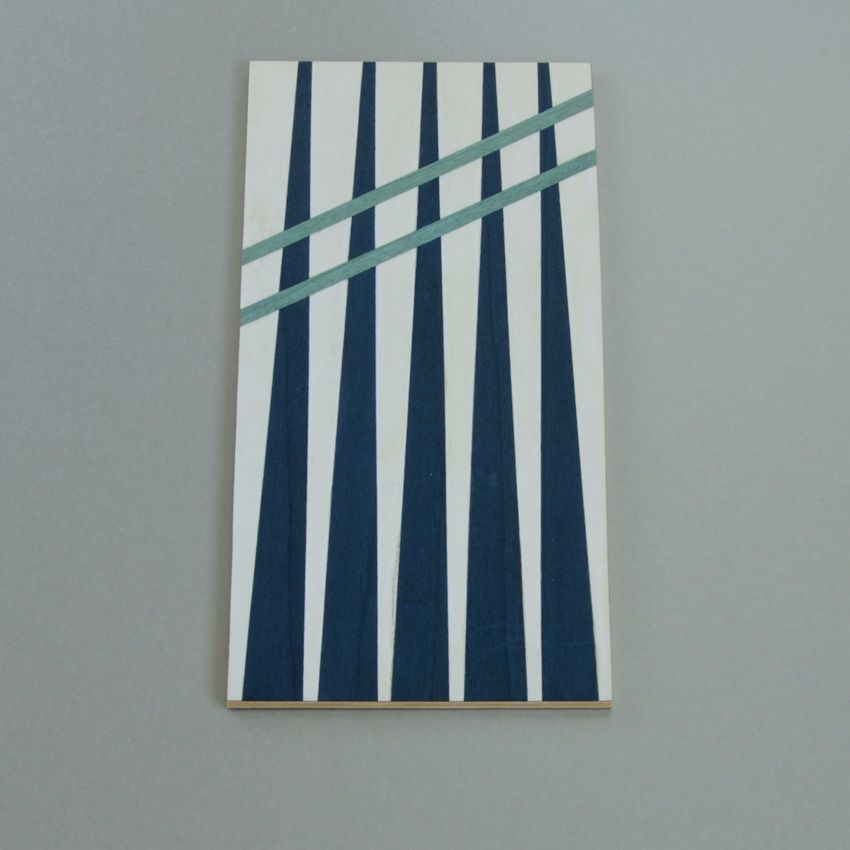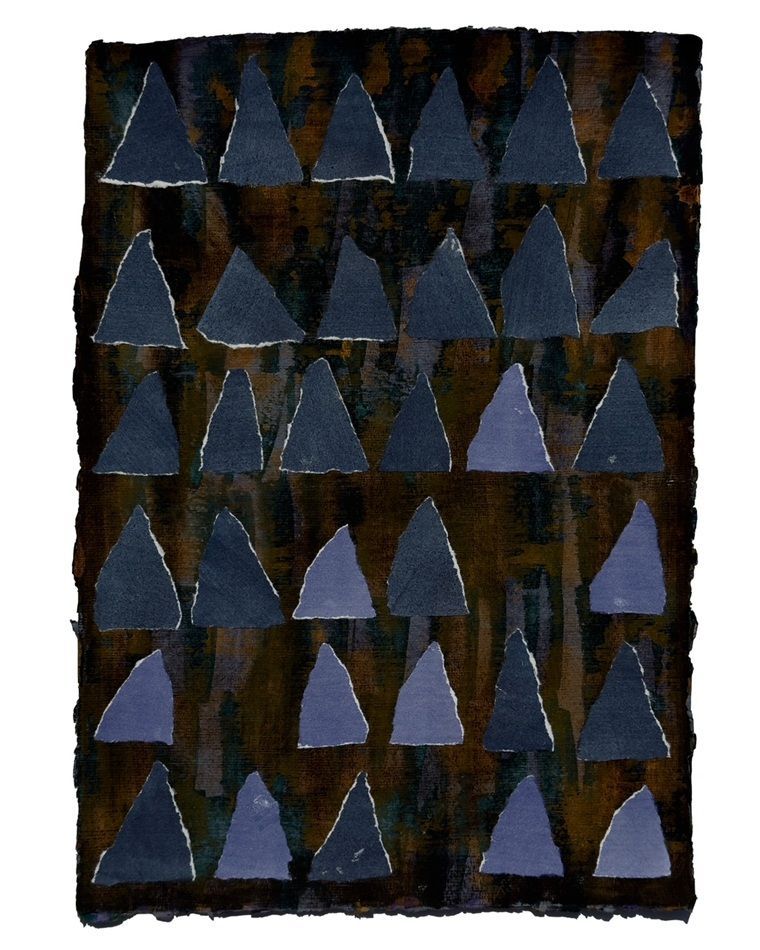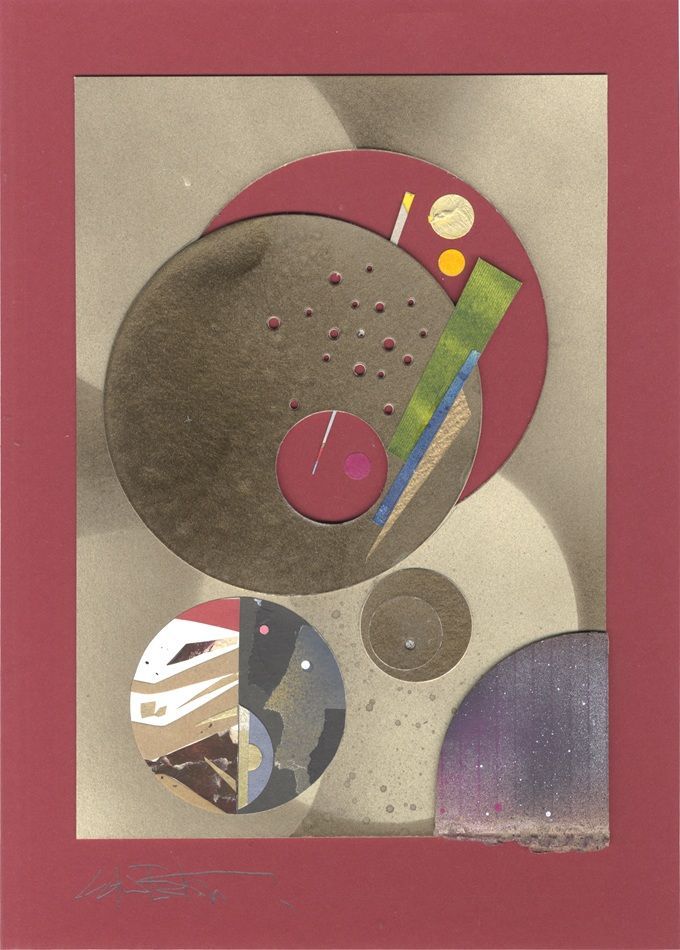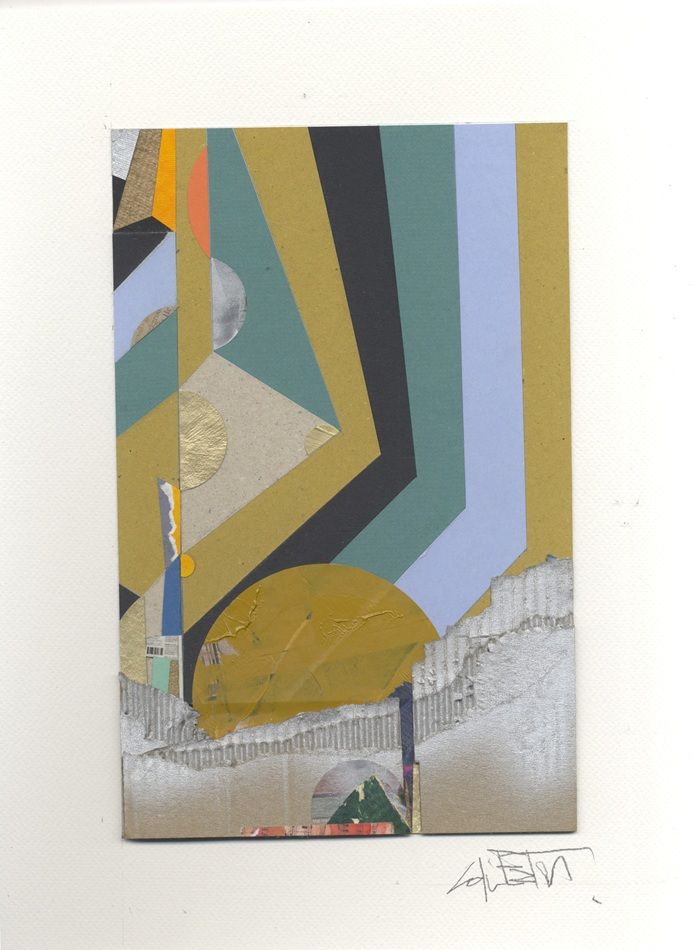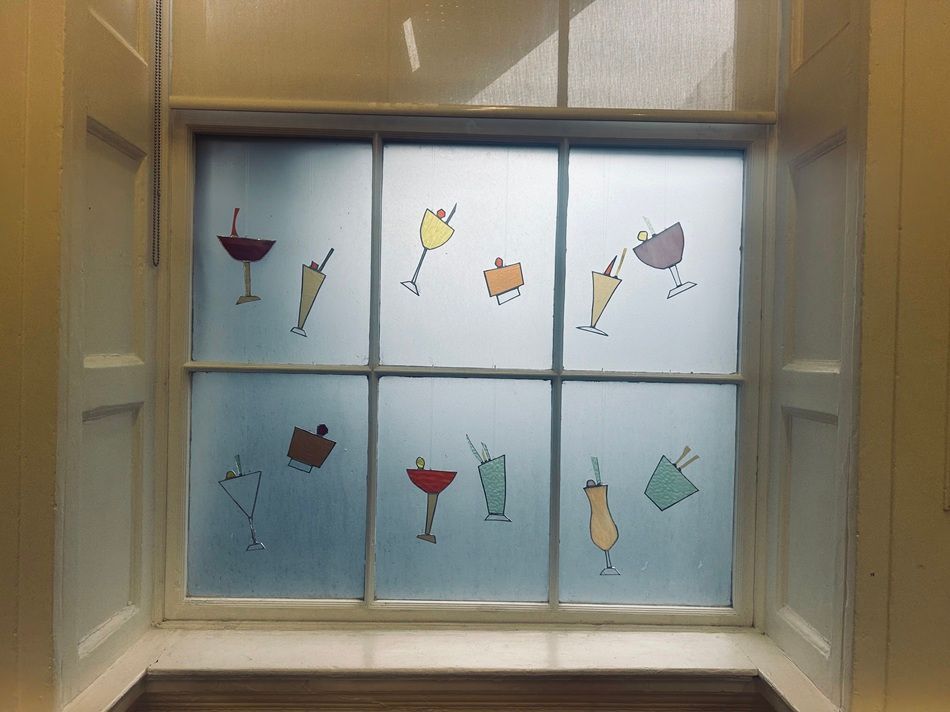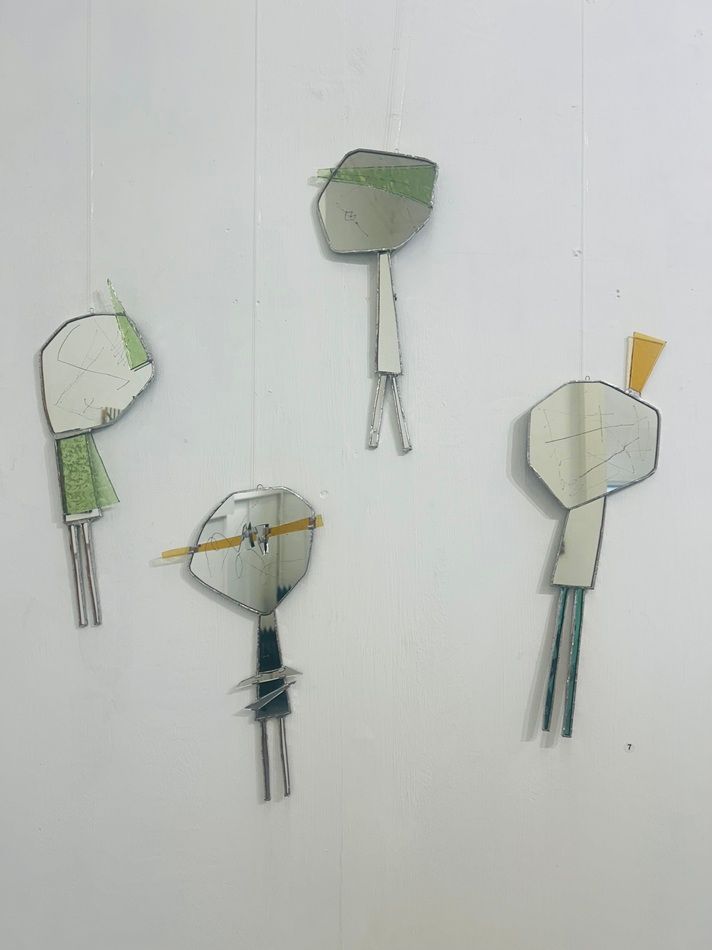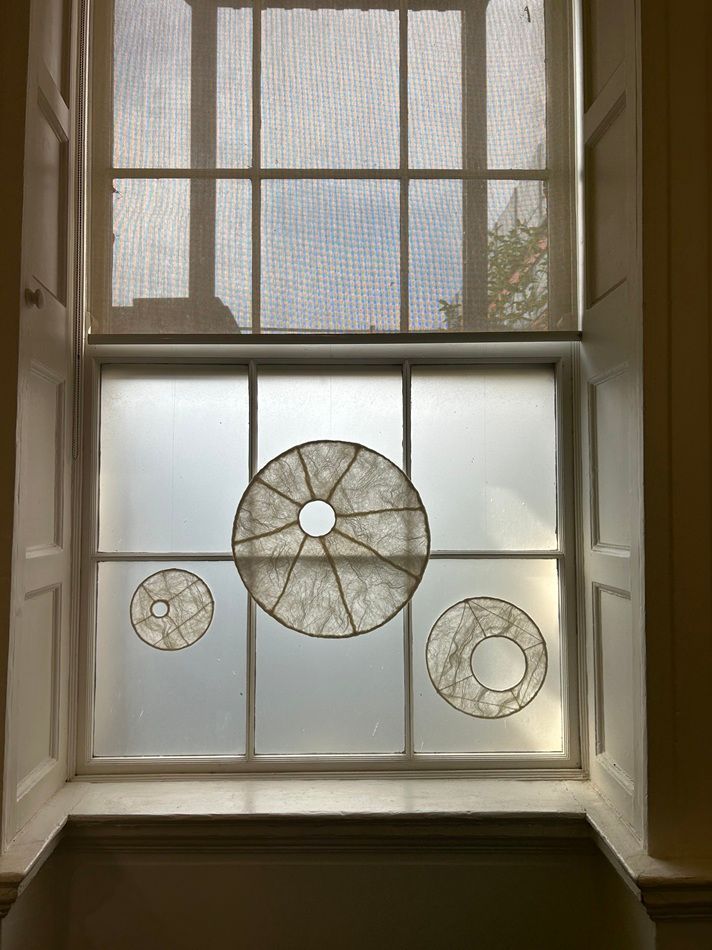'Out of Lines', Bloomsday / Summer group show - 15 June to 31 August 2025
Bloomsday / Summer group show
Artists: Annika Berglund, Hugh Cummins, Mary A. Fitzgerald, David Fox, Nickie Hayden, Miriam McConnon, Sheila Naughton, Yanny Petters, Kelly Ratchford, Vicky Smith and Colin Eaton.
Artists: Annika Berglund, Hugh Cummins, Mary A. Fitzgerald, David Fox, Nickie Hayden, Miriam McConnon, Sheila Naughton, Yanny Petters, Kelly Ratchford, Vicky Smith and Colin Eaton.
Official opening: Sunday 15 June 2025, 3:00pm
Olivier Cornet Gallery, 3 Great Denmark Street, Dublin 1, D01 NV63, Ireland.
This summer group exhibition will run in our main exhibition space until 31 August 2025.
The show also includes a video showing examples of architectural art deco in Dublin, such as the Dublin Tram Power House in Ringsend, The Kodak Building in Rathmines and The Garda Station in Donnybrook. Thank you Denise Dowdall for allowing us to include it in the show.
A special event, part of National Heritage Week 2025, will be held at 6:30pm at the gallery on Thursday 21 August 2025.
The exhibition scheduled to end on the 24th of August has been extended to run until the 31st of August 2025.
The Olivier Cornet Gallery is delighted to present
Out of Lines
A Bloomsday / Summer group exhibition
As this year marks the 100th anniversary of the 1925 Paris Art Deco Expo, the Bloomsday exhibition at the Olivier Cornet Gallery is an artists' response to this period during which James Joyce's Ulysses was published. The show features work by our gallery artists and invited artists who have explored exterior signs of art deco in Dublin, from architectural features in government buildings, through bathing shelters, libraries to hotels and cinemas, and cocktails & flappers... The show also showcases personal interpretations of that period from family lore through shared stories to current events.
This exhibition will be part of this year's official programme of the Bloomsday Festival organised by the James Joyce Centre Dublin.
Check out the images which also include notes by the artists.
Coverage/reviews:
- Bloomsday 2025 Programme, James Joyce Centre Dublin, published in April 2025.
- Out of Lines – Bloomsday / Summer group show, Dnote, 8 June 2025
- Guild Member Annika Berglund in Group Bloomsday Exhibition - Olivier Cornet Gallery - Dublin, Feltmakers Ireland, 10 June 2025.
- 13 Art Exhibitions Around Ireland This Summer, Penny McCormick, The Gloss Magazine, 12 June 2025.
- What’s On Guide: Bloomsday event, jewellery and Art + Soul, Philip Carton, Business Post 14 (online) & 15 (print version) June 2025.
- Out of Line, group show, Niall MacMonagle, On Show: Two to View, The Sunday Independent, 22 June 2025 (printed online on 18 June).
Both online and printed versions feature Mary A. Fitzgerald's 'Inside the picture house - Stella'. The main article, under What Lies Beneath, features an interview of David Fox: ‘Craftsmanship and drawing are an integral part of my process and I definitely got that from my father'.

